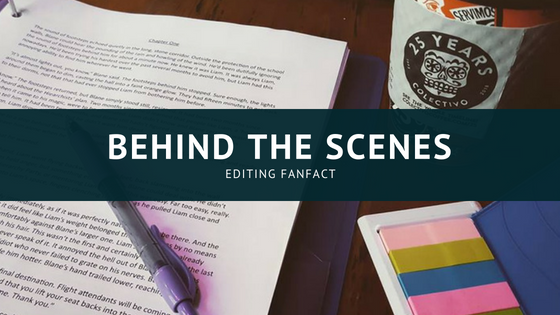Today I’m giving you access to my writing notes. Some of them, at least. There’s plenty of notes I have that contain too many spoilers or information that frankly may seem a bit dull, but I think you’ll all be interested in how magical specialties are ranked.
FanFact is a novel about a fangirl, Clara, who finds herself in the world of her favorite book series, The Hierarchy of Magic. In this world the political landscape is changing rapidly. Magical specialties, the type of magic you are most naturally skilled at, are being ranked based on how useful they are perceived to be for society. Your rank determines not only the type of employment you can find, but your place in society.
I had a lot of fun playing with magical specialties and ranking them in an order based on what a capitalist society would think. In a world where everything is about making money, it only makes sense that your magic has a perceived worth as well.
While most people can do most types of magic, there is one skill set they tend to excel at, which determines the path their life will take. Below, see some of my notes on the Hierarchy Party as well as the tiers they have placed magical specialties into.
(But don’t be surprised if additional specialties pop up in the novel).
Hierarchy Party
A rising political party that believes your magical specialty directly correlates to your worth in the world, and should determine how much agency and power you have in society. Presented as a way to make society more organized and more efficient. Recently passed a law separating magical specialties into tiers. Different tiers dictate how much schooling is required, and this means people fill jobs related to their specialties which helps to alleviate the job crisis in certain fields.
Tier 1 Magical Specialties
Dark Magic
Elemental Magic
Manipulation Magic
Time Magic
Dimension Magic
Illusion Magic
Voodoo Magic
Tier 2 Magical Specialties
Concealment Magic
Healing Magic
Teleportation Magic
Alchemical Magic
Geometrical Magic
Analytical Magic
Astrology
Numeromancy
Tier 3 Magical Specialties
Memory Magic
Light Magic
Weather Magic
Dream Manipulation Magic
Animal Control Magic
Assembly Magic
Craftsmanship Magic
Fertility Magic
Levitation
Of course this isn’t a comprehensive list, but it does give you an idea of how roles are broken down within the Hierarchy of Magic world.
What do you think? Are you surprised by any of the tiers? Let me know, I’d love to talk about it!



